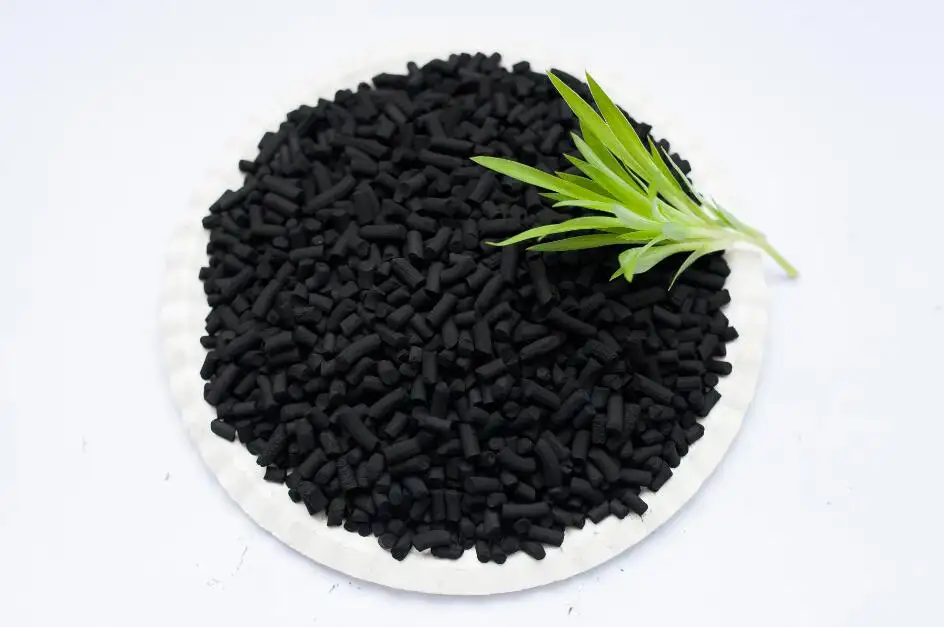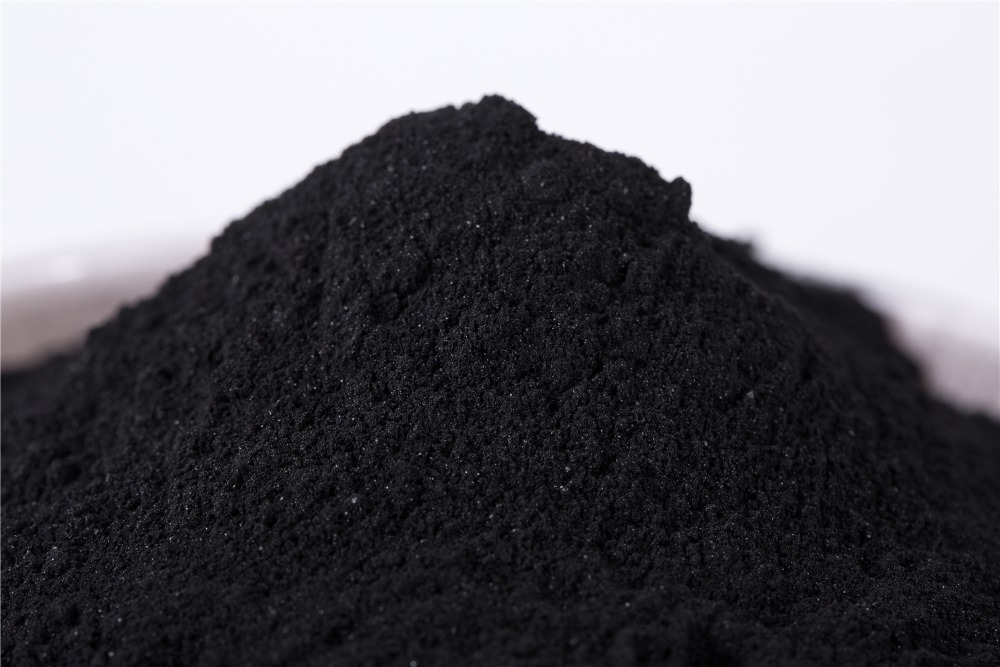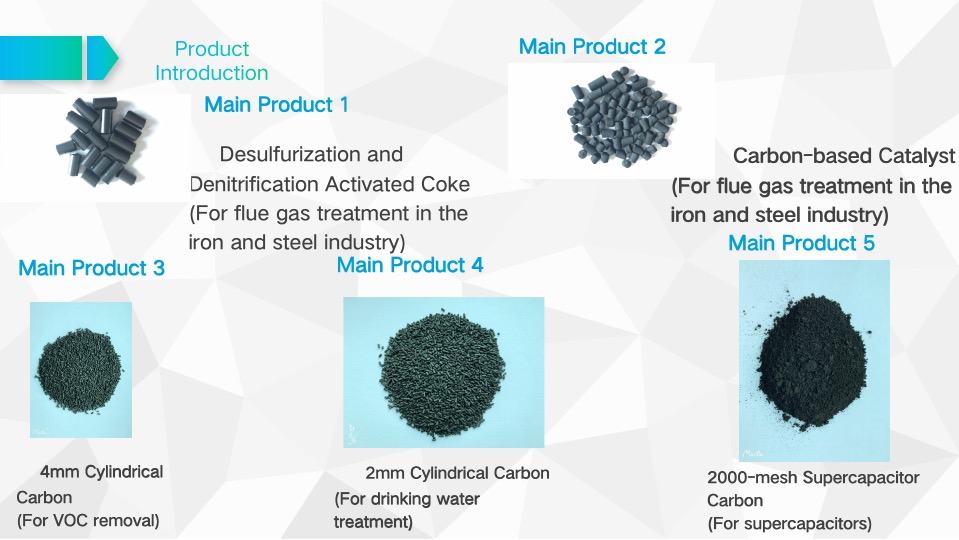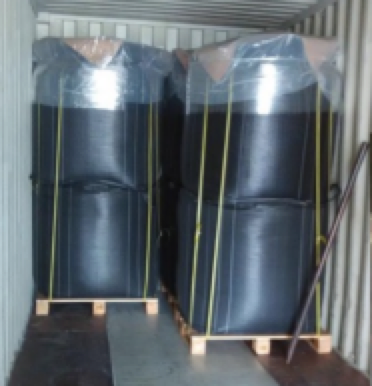- | /
- | /
- | /
- | /
Activated Carbon
I. Nature and Structure
Core Composition: Primarily composed of carbon (typically over 90% by mass), with small amounts of hydrogen, oxygen, and nitrogen, residual from raw materials or activation reactions.
Pore Structure (the key to adsorption):
Micropores: Pore size < 2nm, accounting for the largest proportion. They are the main sites for adsorbing small molecules (e.g., gases, solvent molecules) and determine adsorption capacity for low-concentration substances.
Mesopores: Pore size 2–50nm, mainly adsorbing larger molecules (e.g., organic compounds, colloids) and acting as channels for small molecules to diffuse into micropores.
Macropores: Pore size > 50nm, functioning as "transport hubs" to facilitate the entry of adsorbates into mesopores and micropores, especially influencing adsorption rates in liquid systems.
Specific Surface Area: Total surface area per unit mass (including all internal pore surfaces), usually 500–2000 m²/g, and can exceed 3000 m²/g in high-performance varieties. This large surface area enables strong adsorption potential.
II. Preparation Process
Raw Materials: Diverse sources include:
Plant-based: Coconut shells, wood, fruit shells (apricot, walnut), straw, bamboo (coconut shell activated carbon is widely used for its uniform pores and superior adsorption).
Mineral-based: Coal (bituminous, anthracite, lignite).
Industrial waste: Resins, rubber scraps.
Carbonization: Raw materials are heated to 400–600°C in limited oxygen to decompose organic components (e.g., cellulose), removing volatile substances and forming a carbonaceous "char" with few pores and low adsorption capacity.
Activation (critical for enhancing porosity):
Physical Activation: Char is treated with steam, CO₂, or air at 800–1000°C, oxidizing some carbon to create more pores (e.g., steam activation for coconut shell carbon).
Chemical Activation: Raw materials are impregnated with chemicals (e.g., ZnCl₂, phosphoric acid) and heated, promoting pore formation and impurity removal.
III. Adsorption Mechanisms
Physical Adsorption: Driven by van der Waals forces (dispersion, induction forces). The porous structure provides abundant sites to "trap" molecules from gases or liquids. It is reversible—adsorbates may desorb under high temperature or low concentration.
Chemical Adsorption: Functional groups (e.g., -OH, -COOH) on the surface react with adsorbates (e.g., acid-base reactions, redox) to form stable chemical bonds. Irreversible, it is used for deep removal of specific substances (e.g., heavy metal ions in wastewater).
IV. Classification
By Physical Form:
Granular Activated Carbon (GAC): 0.5–4mm particles, used in fixed-bed water/air treatment systems.
Powdered Activated Carbon (PAC): <0.18mm powder, with larger surface area and faster adsorption; ideal for emergency water treatment but hard to reuse.
Pelletized Activated Carbon: Cylindrical or rod-shaped, high mechanical strength, used in industrial gas desulfurization or solvent recovery.
Activated Carbon Fibers (ACF): Fibrous, with uniform micropores and high efficiency, used in high-end air purification or precious metal recovery.
By Raw Material: Classified as coconut shell, wood-based, coal-based, or resin-based, each differing in pore distribution and performance (e.g., coconut shell carbon excels at adsorbing small molecules).
V. Key Applications
Environmental Protection:
Water treatment: Removes organics (pesticides, dyes), residual chlorine, odors, and heavy metals (Hg, Pb) in drinking water, industrial wastewater, and sewage.
Air purification: Adsorbs formaldehyde, benzene, TVOCs, odors, and smoke; used in air purifiers, gas masks, and indoor deodorization.
Chemicals & Energy:
Solvent recovery: Adsorbs volatile organic solvents (ethanol, benzene) for recycling after desorption.
Gas separation: Purifies H₂, N₂, CO₂ (e.g., upgrading biogas to methane).
Pharmaceuticals & Food:
Pharmaceuticals: Purifies drugs, detoxifies (oral adsorption of toxins), and acts as wound dressings (absorbs exudate and bacteria).
Food industry: Decolorizes (sugar, edible oils), removes odors (alcohol), and purifies food additives.
Others: Catalyst support (porous structure loads catalysts) and electrode material (supercapacitors).
VI. Regeneration and Lifespan
Regeneration Significance: Restores saturated activated carbon’s adsorption capacity, reducing costs and waste.
Methods:
Thermal regeneration: Heating to 800–1000°C to decompose or volatilize adsorbates (most common for organic pollutants).
Chemical regeneration: Treating with acids, alkalis, or solvents to remove adsorbates (e.g., heavy metal-laden carbon).
Biological regeneration: Microbes decompose organic adsorbates (for low-concentration wastewater).
Lifespan: Varies by application, pollutant concentration, and regeneration frequency—from months (air purifier filters) to years (industrial systems, 5–10 years with regular regeneration).
VII. Selection and Considerations
Selection Tips: Choose based on use (GAC for water treatment, PAC for emergency deodorization); check specific surface area (larger = better adsorption), pore distribution (match target molecules), and strength (GAC needs resistance to crushing).
Cautions: Replace or regenerate saturated carbon to avoid releasing adsorbed pollutants; select corrosion-resistant types for harsh environments (e.g., coal-based carbon for acidic gases); store away from fire and moisture (moisture blocks pores).



